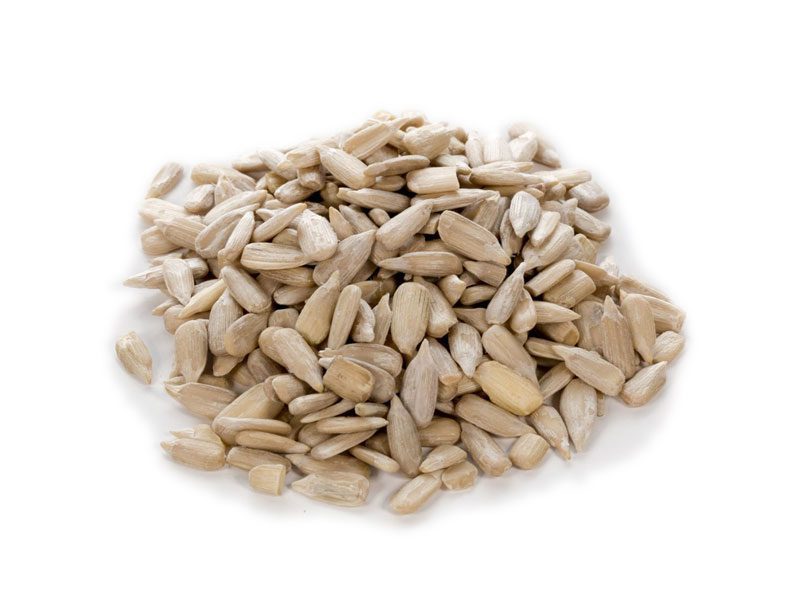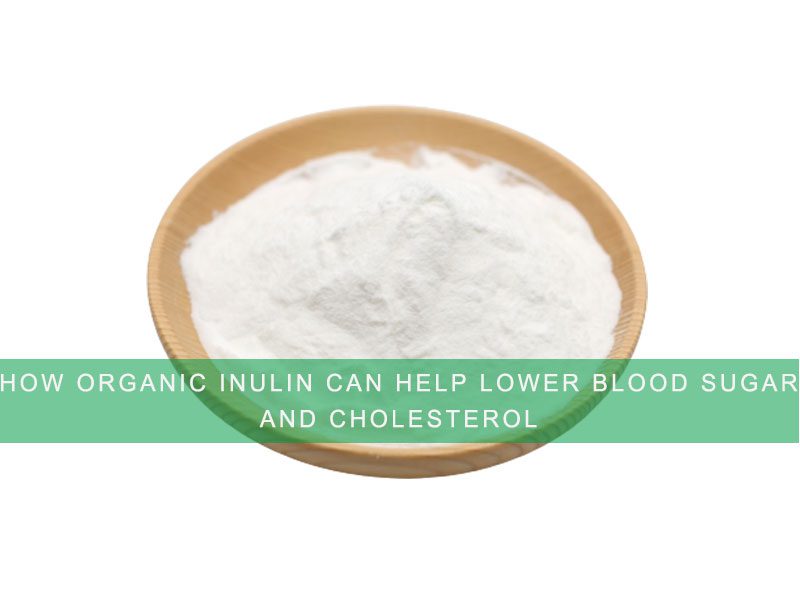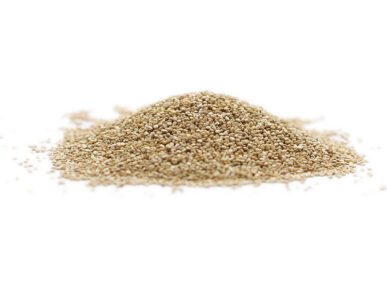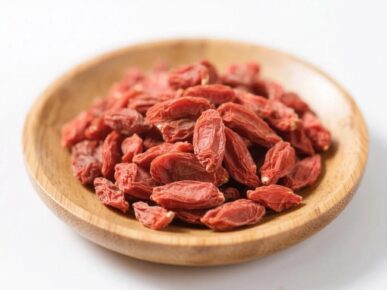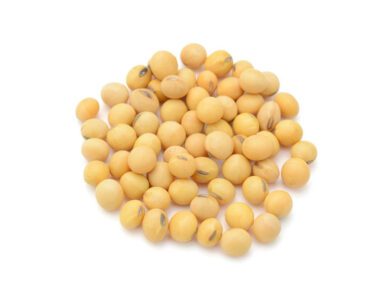The sunflower seed is the fruit of the sunflower (Helianthus annuus). The term “sunflower seed” is actually a misnomer when applied to the seed in its pericarp (hull). Botanically speaking, it is a cypsela. When dehulled, the edible remainder is called the sunflower kernel or heart.
There are three types of commonly used sunflower seeds: linoleic (most common), high oleic, and NuSun. Each variety has its own unique levels of monounsaturated, saturated, and polyunsaturated fats. The information in this article refers mainly to the linoleic variety.
For commercial purposes, sunflower seeds are usually classified by the pattern on their husks. If the husk is solid black, the seeds are called black oil sunflower seeds. The crops may be referred to as oilseed sunflower crops. These seeds are usually pressed to extract their oil. Striped sunflower seeds are primarily used for food; as a result, they may be called confectionery sunflower seeds.
When in-shell seeds are processed, they are first dried. Afterward, they may also be roasted or dusted with salt or flour for the preservation of flavor. Dehulling is commonly performed by cracking the hull with one’s teeth and spitting it out while keeping the kernel in the mouth and eating it.
Sunflower seeds sold by the bag are either eaten “plain” (salted only) or with a variety of flavorings added by the maker including barbecue, pickle, hot sauce, bacon, ranch, and nacho cheese as well as others.
In-shell sunflower seeds are particularly popular in Mediterranean and Asian countries where they can be bought freshly roasted and are a common food, while in many countries, they can be bought freshly packed in various roasted flavors. In the United States, they are commonly eaten by baseball players as an alternative to chewing tobacco.
